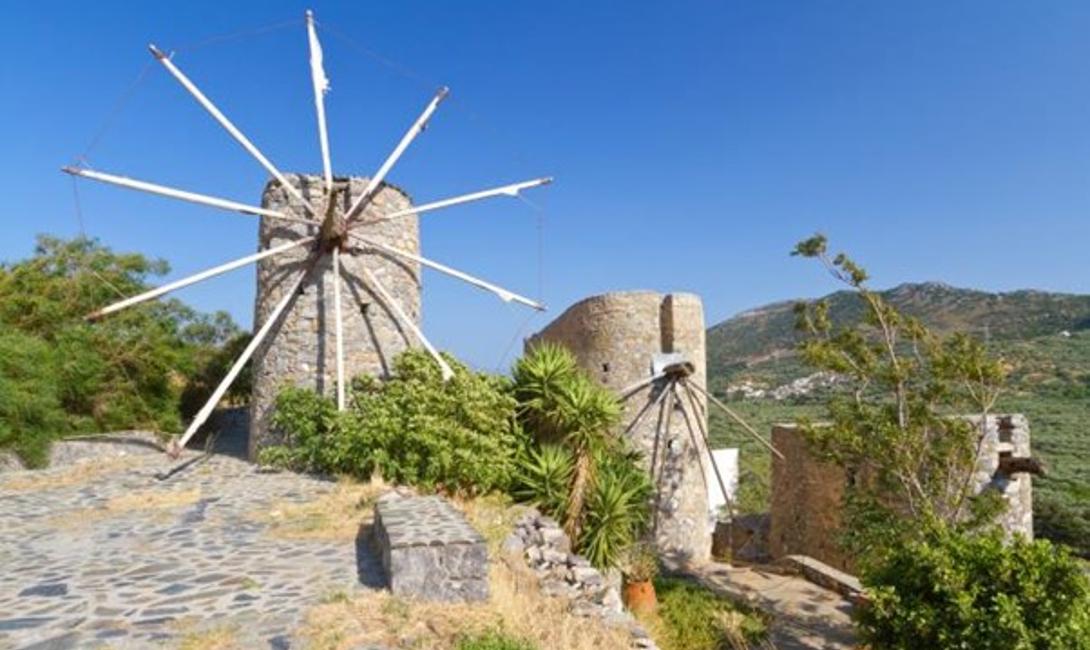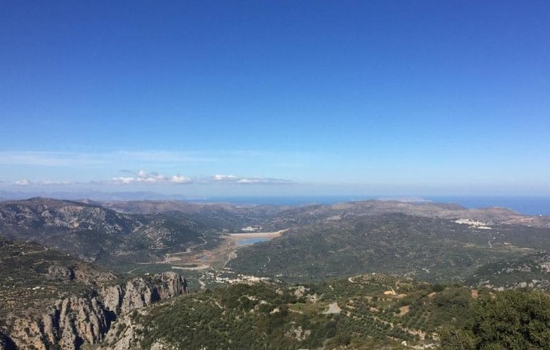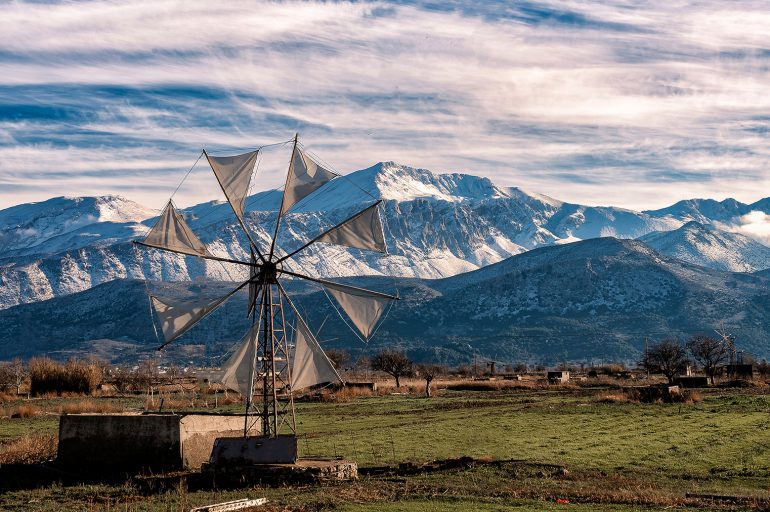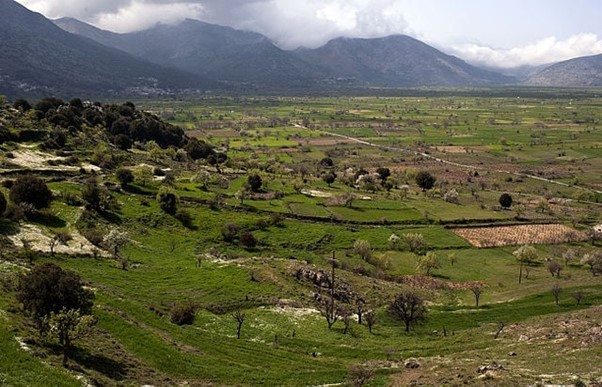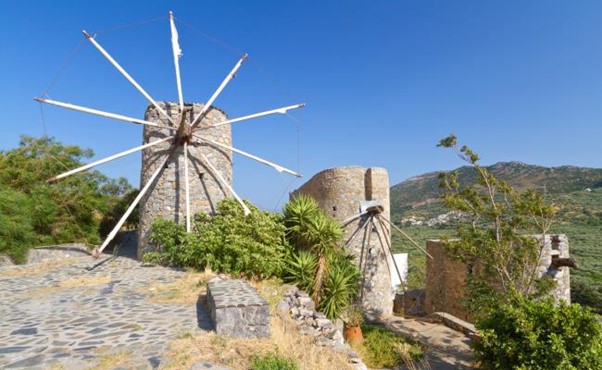Location
The altitude ranges from 800 to 850m, making Lassithi one of the few residential areas in the Mediterranean at such high altitude. Indeed, every year the plateau is covered by snow and then thousands of Cretans arrive to admire the white landscape. In most years, snow remains in the mountain peaks till mid-spring.
The 18 villages of the plateau are built at the foot of the surrounding mountains, leaving the plains free to cultivate, and they are connected by a 23km long circular road. Actually, this beautiful circular route is ideal for cycling as there are no large hills and, along this, you’ll have the chance to visit all the attractions of the plateau.
How to get there
The wonderful Lassithi Plateau is located about 25km south of Malia and 70km west of Heraklion city. Located in a peaceful and fertile region, it is surrounded by the wild mountains of Dikti and several smaller plateaus. The views of the surrounding mountains of Selena and Afendis Hristos are majestic.
You can rent a car and book online or get a quote from our website. Search your favourite car now and pick among a variety of cheap or luxury cars. We offer you the best possible prices in Crete.
Where to stay
There are traditional houses and accommodations you can stay.
Sightseeing
The plates of Lassithi except for the plateau itself consists of beautiful villages and traditional locations full of life and nature. Traditional mills are astonishing to watch in plateau.
Lassithi plateau is famous for its windmills with white cloths, a trademark of the area. These were water- and flour mills, made most by the Peloponnese settlers that arrived here in late 19th century, to irrigate the plateau. Unfortunately, today young people have abandoned their homeland because the Greek state does not provide incentives, and the villages look deserted, with elderly population. Thus, the landscapes of 12000 whitewashed windmills, which once drew water from wells to irrigate cultivations, can be now seen on old card postals. But still, you can see several windmills, since many of them have been restored in the last years. Moreover, at the entrance of the plateau, at position Ambelos, we still see the largest stone windmill park in Greece.
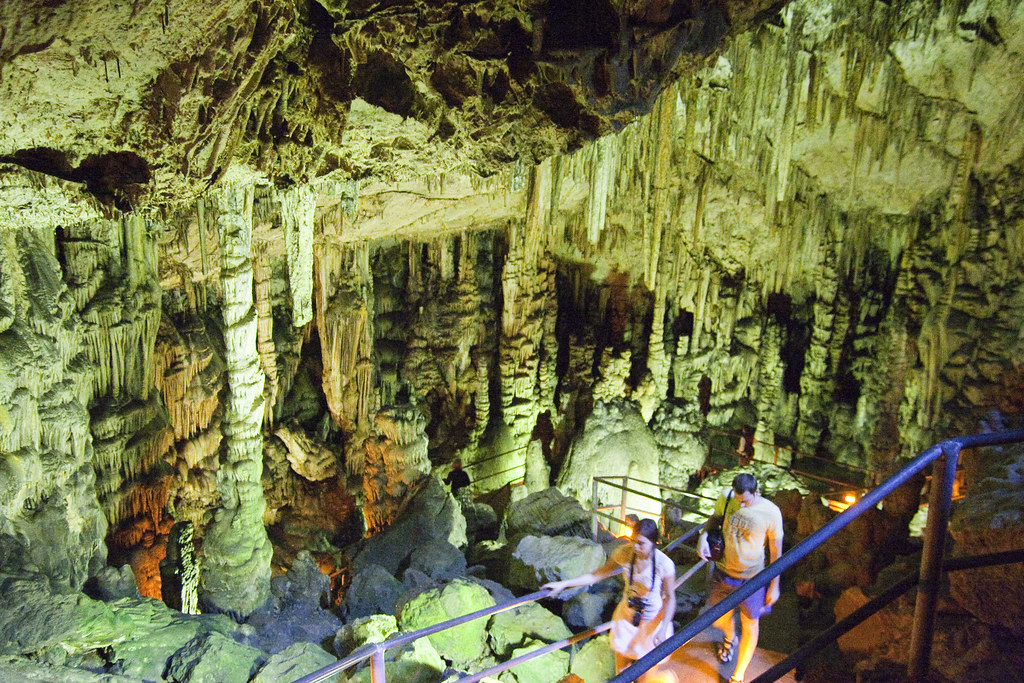
Another attraction of the plateau are linies, ie the linear drainage projects that were built by the Venetians to transport water across the plateau. Indeed, when the Venetians conquered Crete, they turned Lassithi to the largest “garden” of Crete, which still supplies Crete with excellent quality potatoes and vegetables. On a walk at any point of the plateau, you will find linies i.e. large ditches carrying water.
Within a short distance from the village of Agios Konstantinos and the nearby artificial reservoir with the goldfishes, you’ll meet the imposing and rugged canyon of Havgas, carrying the water of the highest Katharo Plateau in Lassithi. The plain is crossed by the Great River that leads water into a large sinkhole, Honos, on the opposite side of the plateau, from where it finds its underground way to Aposelemis River through the springs of Fleges (by village Kastamonitsa). Honos is full with water till spring and you can visit it next to Kato Metohi.
Entertainment
Many traditional restaurants are all over the plates surrounded villages like Tzermiado, Marmaketo, Krasi, Psichro. There are also nice cafes and kafeneio and a bar available in Tzermiado location.
